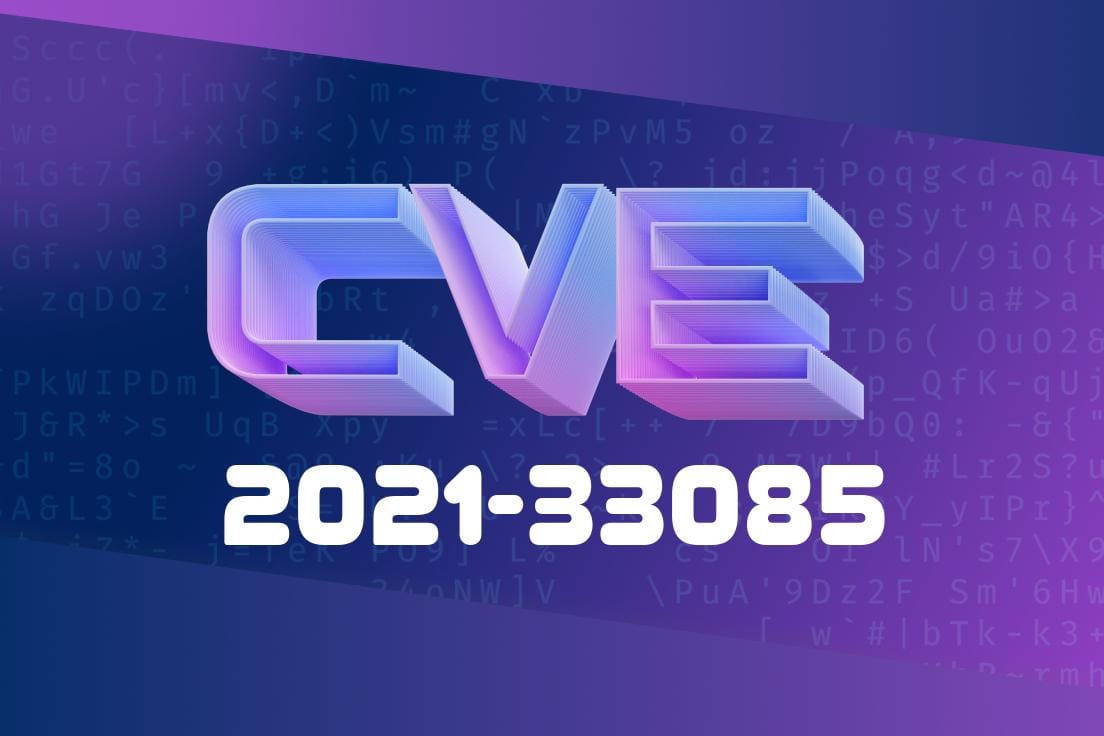CVE-2021-33085 is a security identifier you may see in vulnerability databases. However, unlike many Common Vulnerabilities and Exposures (CVEs), this one carries a different story. Read on to learn what "unused" means, what happened with this CVE, and why understanding these "rejected" CVEs is also important for software engineers, researchers, and security teams.
What Is CVE-2021-33085?
CVE-2021-33085 is a placeholder for a security flaw that was never actually assigned to a real vulnerability. In official databases such as NVD and MITRE CVE, you’ll see this CVE is "REJECTED" with a note saying:
> REASON: This candidate was withdrawn by its CVE Numbering Authority. Further investigation convinced the CNA that this issue does not exist or was assigned in error.
> NOTE: This is unused.
Duplicate: The same bug may be reported and tracked with a different CVE.
3. Error in Assignment: The organization responsible for assigning the CVE made a clerical or procedural mistake.
4. Software Update: Sometimes the software changed so much that tracking the old issue no longer made sense.
Example from MITRE
REJECT This candidate was withdrawn by its CVE Numbering Authority (CNA). Further investigation convinced the CNA that this issue does not exist or was assigned in error.
NOTE: This is unused.
Code Example: How A Valid CVE Is Often Flagged
While there is no exploit for CVE-2021-33085, here’s an example of how a real vulnerability might be reported and flagged with a CVE in code:
# Example: Python code with a potential vulnerability
import os
def open_file(filename):
# Unsafe: allows path traversal
return open(os.path.join("/safe_dir/", filename))
# In a real exploit, attacker could use '../../../etc/passwd' as filename
If discovered, such a bug might receive a CVE. In our case, however, CVE-2021-33085 does NOT refer to any such code. This is just for illustration!
References
- NIST National Vulnerability Database: CVE-2021-33085
- MITRE CVE Database: CVE-2021-33085
- CVE FAQ
Final Word
CVE-2021-33085 reminds us that not all security reports turn out to be real issues. If you run across it in security scans or reports, it’s safe to ignore—it is unused, no exploit exists, and no mitigation is necessary.
If you ever discover a CVE marked as "REJECTED" or "unused" in your vulnerability scanners, you can rest easy. It's simply an artifact of the tracking process, keeping the vulnerability ecosystem honest and clean.
Timeline
Published on: 02/23/2024 21:15:08 UTC
Last modified on: 09/04/2025 00:40:31 UTC
